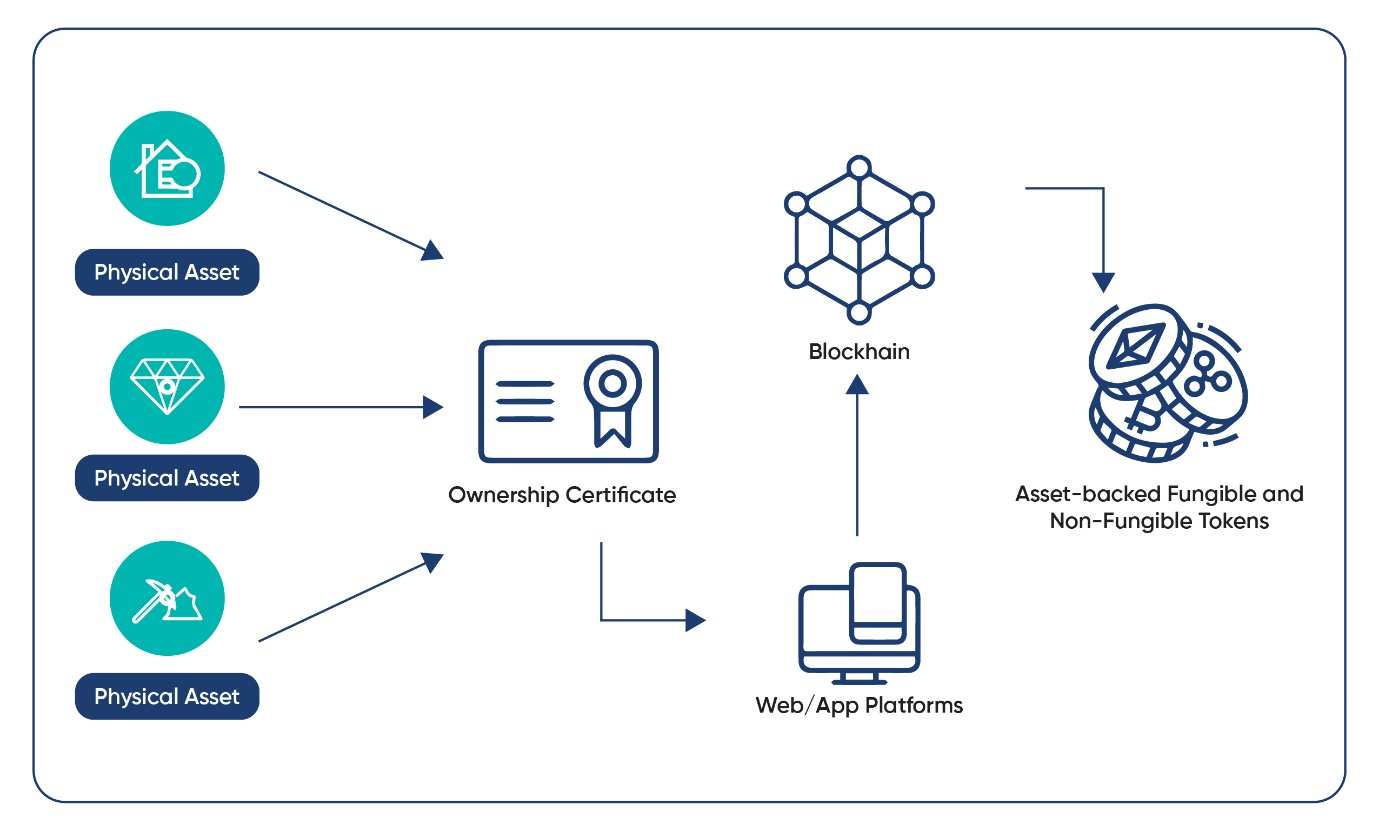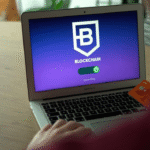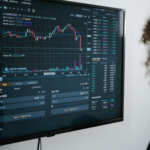Tokenizing commodities represents a seismic shift in how we perceive and engage with traditional markets. By converting physical assets like gold, oil, and agricultural products into digital tokens, blockchain technology introduces a groundbreaking approach to trading and investment. This innovation not only enhances market efficiency but also broadens access, allowing even small investors to participate in markets that were previously out of reach due to high entry costs or regulatory constraints.
Enhanced Market Liquidity and Accessibility
Revolutionizing Accessibility
Tokenization significantly lowers barriers to investment, making high-value assets more accessible to a broader range of investors. By breaking down these assets into smaller, tradable tokens, the minimum investment thresholds are drastically reduced. This democratization allows individuals who previously couldn’t afford to invest in high-priced assets like commercial real estate or expensive artworks the opportunity to do so. For example, in the real estate sector, tokenization enables investors to own fractional shares of properties, allowing for investment in prime locations without the need for large upfront capital.
(Read more here: [Insert Link to Pillar Blog 1: Unlocking Real-World Asset Investment Opportunities: A Comprehensive Guide])
24/7 Global Market Participation
The global nature of blockchain platforms means that tokenized assets can be traded around the clock, unlike traditional asset markets that are bound by the opening and closing times of exchanges. This around-the-clock trading capability enhances liquidity, as assets can be bought and sold at any time, across different time zones, facilitating a more dynamic trading environment.

Immediate and Transparent Transactions
Blockchain technology enables almost instantaneous settlements, which contrasts sharply with the traditional financial systems where settlements can take days. This efficiency is achieved through the use of smart contracts that automate the execution and settlement of trades based on predefined rules. Moreover, the transparency of blockchain ensures that all transactions are visible and verifiable by all market participants, thereby reducing the risk of fraud and increasing trust.
Liquidity Through Diversification
Tokenization not only makes individual assets more liquid but also allows investors to diversify their portfolios more easily. Investors can purchase tokens across a wide range of assets, spreading their risk and potentially enhancing returns. This flexibility is particularly valuable in volatile markets, where diversification is key to risk management.
Technological and Regulatory Advancements
The ongoing development of blockchain technology and the evolving regulatory landscape are likely to further enhance the liquidity and accessibility of tokenized assets. Innovations in digital asset security, such as improved smart contract audits and the use of permissioned blockchains, are making these investments safer and more appealing to traditional finance participants. Additionally, as regulations become clearer and provide a more stable framework for tokenized assets, investor confidence is expected to grow, leading to increased market participation.
Transparency and Trust
Building Trust through Transparency
Blockchain technology fundamentally enhances the transparency and trustworthiness of tokenized assets. Each transaction and ownership transfer is immutably recorded on the blockchain, providing a clear, auditable trail that is accessible to all participants. This transparency is critical in reducing fraud and enhancing the confidence of investors and participants in the market.

Real-Time Data and Security Enhancements
The ability to track asset ownership and transactions in real-time is another benefit of blockchain’s inherent transparency. This feature ensures that all changes to asset ownership are immediately visible and verifiable, substantially decreasing the risk of fraud and errors. Furthermore, advancements in digital asset security, including rigorous smart contract audits and the use of permissioned blockchains, provide additional layers of protection against hacking and unauthorized alterations, maintaining the integrity of tokenized assets.
Permissioned Blockchains and Controlled Transparency
In certain cases, especially with tokenized bonds or financial instruments, permissioned blockchains are used to strike a balance between openness and privacy. These blockchains allow for selective transparency, where the details of the transactions are visible to authorized parties only, thus adhering to regulatory and confidentiality requirements while still benefiting from blockchain’s security advantages.
Decentralized and Immutable Record Keeping
The decentralized nature of blockchain eliminates single points of failure, enhancing the security and resilience of the systems that manage tokenized assets. No single authority can alter the transaction history, which mitigates risks associated with centralized control and manipulation. This aspect is crucial for ensuring that the ownership records of tokenized assets remain untampered and universally trusted.

Regulatory Compliance and Smart Contracts
Smart contracts play a pivotal role in ensuring compliance with regulations within tokenized systems. These automated contracts can execute transactions based on pre-set rules that adhere to legal standards, reducing the administrative burden and ensuring consistent adherence to the law. This not only simplifies the management of tokenized assets but also builds trust with regulators and participants by ensuring that all activities are conducted within the legal framework.
Technological Integration and Future Possibilities
The integration of blockchain with commodity markets is not just about improving current systems but also about unlocking new possibilities. The advent of smart contracts automates and secures transactions, reducing the need for intermediaries and thereby cutting down on costs and potential points of failure. Future advancements may include the integration of artificial intelligence and decentralized finance (DeFi) platforms, which could further enhance the efficiency and accessibility of commodity markets.

Challenges and Regulatory Landscape
Despite the significant advantages, the tokenization of commodities is not without challenges. Regulatory uncertainty remains a major hurdle, as governments and financial authorities around the world are still in the process of establishing frameworks that can accommodate and regulate these innovative technologies. Additionally, technological vulnerabilities and market volatility continue to pose risks that need to be managed as the sector evolves.
The tokenization of commodities through blockchain technology is transforming the landscape of resource investment. By enhancing liquidity, accessibility, transparency, and efficiency, this innovation is opening up new avenues for investment and redefining the dynamics of traditional commodity markets. As the technology matures and regulatory frameworks become more defined, the potential for further innovation and integration in this space continues to grow, promising a more inclusive and efficient global market.
Discover Your Portfolio Potential with Kenson Investments
At Kenson Investments, we specialize in digital asset portfolio management, including DeFi. Our team is dedicated to offering transparent and strategic fund management through digital assets consulting and digital asset consulting for compliance. As real world asset consultants, we provide expertise in altcoin investment options and more. Whether you’re seeking a cryptocurrency investment consultant or exploring new investment opportunities
Join us to explore the exciting world of blockchain assets!















